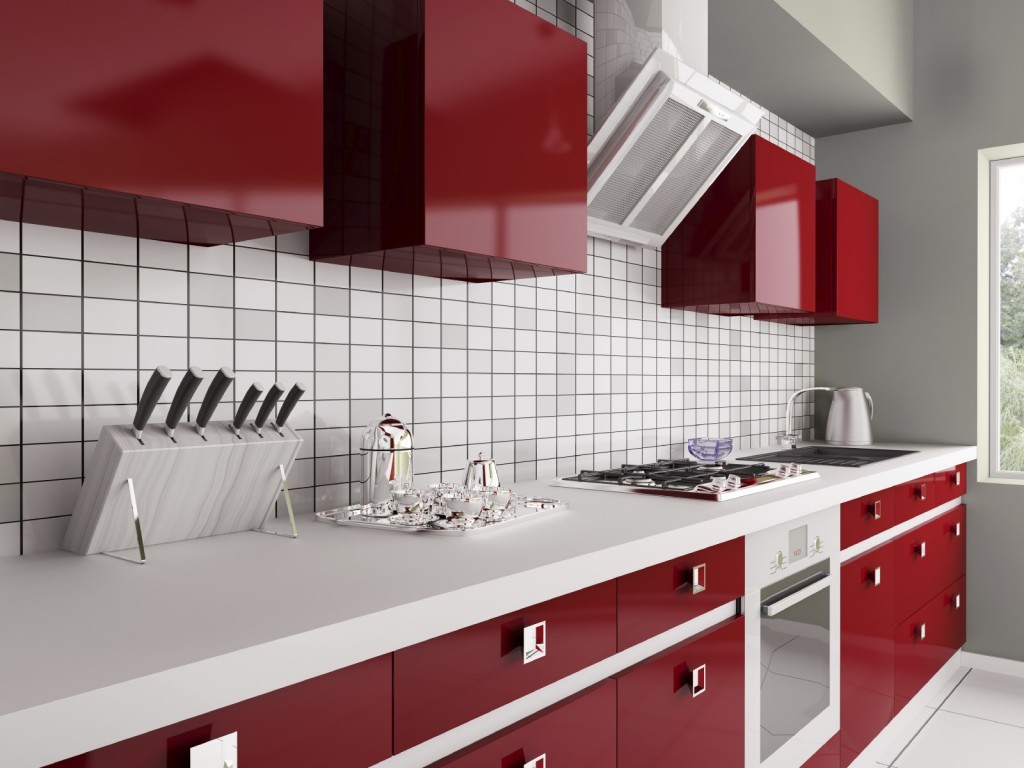
Everything You Need To Know About Induction Hobs
The choice when shopping for a hob used to be straightforward – gas or electric? Although induction hob technology has been around since the 1950s, it’s only been in the last 20 years or so that this method of cooking has been entering the domestic kitchen. There are many benefits to induction, but lots you need to know before upgrading to your new induction hob.
How do induction cookers work?
Induction hobs work on the principles of electrical induction. We’re all familiar with the way a conventional cooker works – it heats up the pan directly, and that then heats the food. This is called thermal conduction. An induction hob has copper wire inside it, and when you put a pan on the hob, this passes the electric current through the pan too. Energy transfer in this way is much more efficient than with the traditional methods, meaning your pots will boil more quickly than on a conventional hob.
Do I need special pans?
As induction hobs work on the principles of passing current through pans, it will only work on pans which have some sort of iron content. Cast iron pots or some stainless steel pans will work, but pans made from other materials such as aluminium, copper or glass won’t work on your hob. Most induction hobs will have a light to indicate whether the pan placed on the hob is suitable or not. When buying new cookware, check that the pans you are looking at are suitable for induction cooking. Induction pans aren’t necessarily more expensive and the good news is that they are likely to last longer as they won’t get scorched or have spot burn marks.
Are they the safer option?
The other major benefit to induction is that there isn’t the surface heat associated with traditional electric hobs, which can take a long time to heat up and cool down after use. An induction hob will feel warm to the touch but will lose heat much more quickly and pose less of a danger when it comes to accidental burns. Induction hobs are more responsive too, and this makes controlling the exact temperature of whatever you’re cooking simple. Most induction hobs also operate on the basis of zones, which makes cooking multiple pans at the same time much easier too.
Cost and installation of induction hobs
All major electrical stores and websites will stock a wide range of induction hobs, in all shapes and sizes. A basic four “ring” hob will cost anything between £160 and £500. They are no trickier to install than standard hobs either, but you will need a qualified electrician to install it for you. This is because the power demanded from an induction hob requires a thicker than average cable to be run from your consumer box. Electric induction hobs are also cheaper to run than standard electric hobs, although the saving is only minimal at around £10 per year off your electricity bill.
